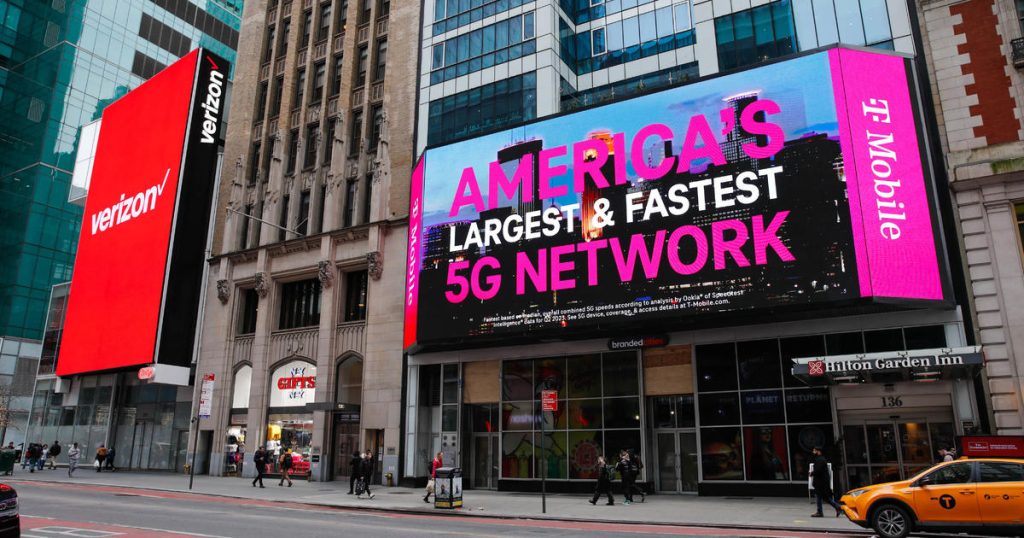Beginning Wednesday, internet service providers (ISPs) are required to provide consumers with notices that resemble nutrition labels to help them understand the contents of their monthly internet bills. The labels will break down what consumers are getting and how much each component of their internet service costs. The labels will include information such as the monthly price, discounts and bundles, internet speed range for plans, amount of data included each month, network management, privacy policies, customer support contacts, additional charges, and terms like early termination and late fees.
These new labels will allow consumers to quickly compare plans based on factors like price and internet speeds. For example, those looking for high-speed connections for online gaming can refer to speed information, while others interested in cost can focus on monthly prices and additional charges. The largest ISPs will be required to display these labels to consumers before they purchase a service plan either online or in-store. Standalone home or fixed internet services, as well as mobile broadband plans, will be covered by this requirement. The price breakdowns on the labels can be used for comparison shopping.
President Biden referred to this move as an effort to eliminate junk fees on internet bills. The FCC rule, which originated in October 2023, requires ISPs with over 100,000 subscribers to display the label at the time of purchase. ISPs with 100,000 or fewer customers have until Oct. 10 to display the label for consumers. Providers will also be required to make the consumer label machine-readable by then, allowing third parties to compile data on internet service plans for comparing plans. Some ISPs have already begun using the labels in support of consumer choice, competition, and innovation.
Verizon, for example, now states on its website that they want to make it easy for consumers to understand what’s included in all their broadband plans. Google Fiber, a subsidiary of Alphabet, which offers high-speed internet plans in select markets, was the first to unveil its label for consumers. The new labels aim to provide transparency and clarity to consumers about their internet service costs and what they are paying for. This will help consumers make more informed decisions when choosing internet service plans and avoid any hidden charges or fees that they may not be aware of.
Overall, the implementation of internet broadband “nutrition” labels by ISPs aims to empower consumers by providing them with a clear breakdown of their internet service costs and what they are getting in return. By increasing transparency and promoting comparison shopping, these labels will help consumers make better-informed decisions when selecting internet service plans. The move has been supported by President Biden as a step towards eliminating junk fees and increasing accountability in the internet service industry. Internet providers are encouraged to comply with the FCC’s requirements and provide consumers with the necessary information to make educated choices about their internet services.


